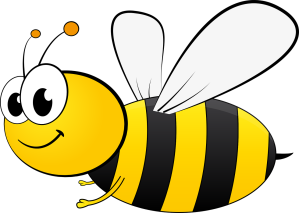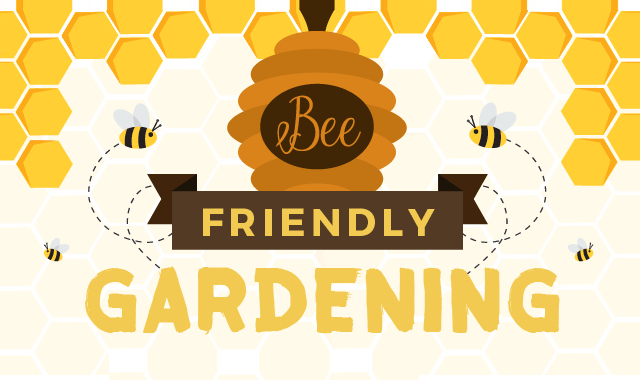It’s easy to underestimate the importance of our bees. These fuzzy buzzy insects are not just a pretty sight and sound in the summer, they are vital for much of how we live.
Unfortunately, evidence suggests our bees are in poor health and their populations are decreasing. This is something we should all be concerned about.
Around 1/3 of our food would not be available without bees.
Bees and other flying insects deliver a tremendously important pollination service.
It’s a simple process. The bees fly into open flowers in search of pollen and nectar they use to feed their colony. As the bees fly from flower to flower, pollen is also transferred between the flowers and results in fertilisation.
The majority of plants rely on this service for pollination and without it, they would not produce seed or fruit.
Why are our bees in decline?
There are many factors likely causing our honeybee decline. They include:
- Varroa destructor: A parasitic mite that attacks the honey bees by sucking their blood and transmitting infection.
- The decline in British wildflower meadows: Some bees collect pollen and nectar from a limited range of flowers. Many are wildflowers and our meadows have declined considerably since 1945.
- Use of pesticides. Bad news anyway, but especially when sprayed on open flowers.
How to attract and support pollinating insects
Ensuring we have plenty of bees should be a top priority for us. It isn’t just an important matter for large-scale agriculture. We all need to play a part in our gardens, allotments and kitchen gardens.

Suttons have provided a beautiful infographic (below) which illustrates the importance of these wonderful buzzing creatures and highlights some great ways we can all help prevent the decline in their population.
The RHS provides a number of suggestions for attracting bees and other pollinating insects to our gardens and allotments including:
- Growing garden plants with flowers that pollinating insects find attractive.
- Growing British wildflowers to help support a wide range of pollinating insects.
- Not using pesticides.
- Keeping honeybees yourself.
The RHS has also compiled a few lists with a fantastic selection of suitable flowers for us to grow to help safeguard bees and other pollinators for the future.
Visit the RHS website for more information and download the RHS Perfect for Pollinators plant lists.
Whether you have an allotment or you’re growing your own in a backyard or pots, I hope you will join in and support our beautiful buzzing bees and grow some pollinator plants too.
Here on our allotment we’re making plans for some wonderful bee friendly flowers to grow alongside all the vegetables and fruit.
If you’re a pollinator plant growing veteran, or if like us, motivated to grow some for the first time I’d love to hear from you. I’m always grateful for any advice, tips and guidance. Drop me a comment below or connect with me on Twitter, Instagram and Pinterest.

You can also find more infographics at Visualistan



An interesting, and informative, post. A plot neighbour keeps bee hives on his plot and I grow lots of bee friendly flowers on mine so I’m used to having bees buzzing round.
LikeLiked by 1 person
I’d very much like to keep bees. It’s on the ‘hopes and aspirations’ list for the time being. There are other plot holders who would be keen to keep bees too. Maybe its a project we could look into doing collectively.
LikeLiked by 1 person
Great Post Chivers, Bee’s are so so valuable to us you’re most certainly right. I’ve always been fascinated by them and plant as many blooms as I can to support them. 😊
LikeLiked by 1 person
Thank you 😀 yes planned for this last summer but things took a bit of turn from plot and blog. This is the plan for new year. Such a shame they are in decline.
LikeLiked by 1 person
Really is, but every little helps to change that, just about sharing the awareness, great job!
LikeLiked by 1 person
Thank you for this! So useful!
LikeLike